ART CITIES: London-Cecilia Vicuña
![Cecilia Vicuña, Eman si pasión [Emancipation / Participation], 1974/2016, Screenprint, 17.5 x 27.25 inches (image), 44.5 x 69.2 cm, 23 x 35 inches (sheet), 58.4 x 88.9 cm, 26 x 38 x 1.625 inches (framed), 66.04 x 96.52 x 4.12 cm, © Cecilia Vicuña, Courtesy the artist and Lehmann Maupin Gallery](http://www.dreamideamachine.com/web/wp-content/uploads/2023/05/000-1.jpg) Cecilia Vicuña integrates practices of poetry, performance, Conceptualism, and textile craft in response to pressing concerns of the modern world, including ecological destruction, human rights, and cultural homogenization. Born and raised in Santiago, she was exiled during the early 1970s after the violent military coup against President Salvador Allende. This sense of impermanence, and a desire to preserve and pay tribute to the indigenous history and culture of Chile, have characterized her work throughout her career.
Cecilia Vicuña integrates practices of poetry, performance, Conceptualism, and textile craft in response to pressing concerns of the modern world, including ecological destruction, human rights, and cultural homogenization. Born and raised in Santiago, she was exiled during the early 1970s after the violent military coup against President Salvador Allende. This sense of impermanence, and a desire to preserve and pay tribute to the indigenous history and culture of Chile, have characterized her work throughout her career.
By Efi Michalarou
Photo: Lehmann Maupin Gallery Archive
Revisiting a pivotal moment in Cecilia Vicuña’s career, “Cecilia Vicuña in London, 1972 and Today” presents new and recent paintings, mixed-media works, historical ephemera, and recreations of lost work from the artist’s London years (1972—1975). Born and raised in Santiago, Chile, Vicuña relocated to London in 1972 to study at the Slade School of Fine Art; following dictator Augusto Pinochet’s violent military coup in Chile the next year, she sought asylum in the United Kingdom during immense violence, political turmoil, and cultural suppression in Chile. This presentation marks the fiftieth anniversary of both the violent 1973 military coup in Chile and the beginning of the artist’s exile from her home country. Vicuña’s time in London represents a crucial development in her expansive, multidisciplinary practice. During this period, she engaged with an international group of artistic peers and furthered her intensive interests in fusing art with activism. Responding to catastrophe and loss in Chile, Vicuña expanded her earlier precarious work in nature in Chile around issues of disappearance and impermanence as both political and aesthetic concerns. Vicuña studied at the Slade School of Fine Art and exhibited her work in a solo presentation at the Institute of Contemporary Arts in 1973. That same year, the artist published her groundbreaking first book, “Saborami”, with Beau Geste Press in Devon, where she encountered a number of fellow international artists such Carolee Schneeman and Ulises Carrión. Shortly after its release, “Saborami” became the subject of a BBC documentary, which was among the first widely broadcast pieces to introduce British audiences to the gravity of the Chilean political climate and the powerful activist and artistic resistance efforts that arose in response. A new edition of “Saborami”, among the first pieces of literature to address Salvador Allende’s death, will be released this fall with Book Works Publishing to mark the fiftieth anniversary of the coup. Vicuña remained firmly committed to ending the Chilean dictatorship and advocating for political and social change. In London, she co-founded Artists for Democracy with John Dugger, Guy Brett, and David Medalla, a group that fused art and activism to raise support for the Chilean resistance, as well as for other democratic liberation movements worldwide. In 1974, on the one-year anniversary of the violent military coup in Chile, Artists for Democracy joined with British trade unions to stage a 10,000-person protest in Trafalgar Square. Later that year, the collective organized the Arts Festival for Democracy in Chile at Royal College of Art. For Vicuña, art offers possibilities for reimagining modes of collaboration and participation. Throughout her practice, art and social movements are revealed to be inextricably linked, and as Vicuña’s works invite forms of active engagement, so too do they envision new, emancipatory forms of participation in civic life. Much of Vicuña’s work from this tumultuous period in history established her enduring interests in impermanence and its artistic and social inflections. The exhibition features a selection of the artist’s “precarious”, an ongoing body of small and intricate installation works that incorporate natural and found materials—as well as a never-before-exhibited video work documenting the making of her work “Precarios: A Journal of Objects for the Chilean Resistance” (1973-74). This original work was composed of approximately 400 found objects, including detritus culled from London streets, fragments of the artist’s mementos from Chile, and cutouts of magazines she gathered from the Chilean embassy in London. The expansive mixed-media installation is now part of Tate Modern’s collection. With her “Journals” Vicuña records a particular moment in history while reckoning with the fragility of humanity in the face of authoritarian regimes. “I felt that our world was about to disappear,” she stated. “Each fragment, every scrap of cloth, spoke of a life…which was now under threat”. Creating an unconventional archive, the artist registers her existence while also suggesting loss. As she turns to the fragile and the fragmentary, Vicuña offers a novel mode of representation that boldly contends with the threat of disappearance, asserting the resilience of art in the wake of oppression, even half a century later.
Photo: Cecilia Vicuña, Eman si pasión [Emancipation / Participation], 1974/2016, Screenprint, 17.5 x 27.25 inches (image), 44.5 x 69.2 cm, 23 x 35 inches (sheet), 58.4 x 88.9 cm, 26 x 38 x 1.625 inches (framed), 66.04 x 96.52 x 4.12 cm, © Cecilia Vicuña, Courtesy the artist and Lehmann Maupin Gallery
Info: Lehmann Maupin Gallery, 1 Cromwell Place, South Kensington, London, United Kingdom, Duration: 16/5-22/6/2023, Days & Hours: Tue-Sat 10:00-18:00, www.lehmannmaupin.com/
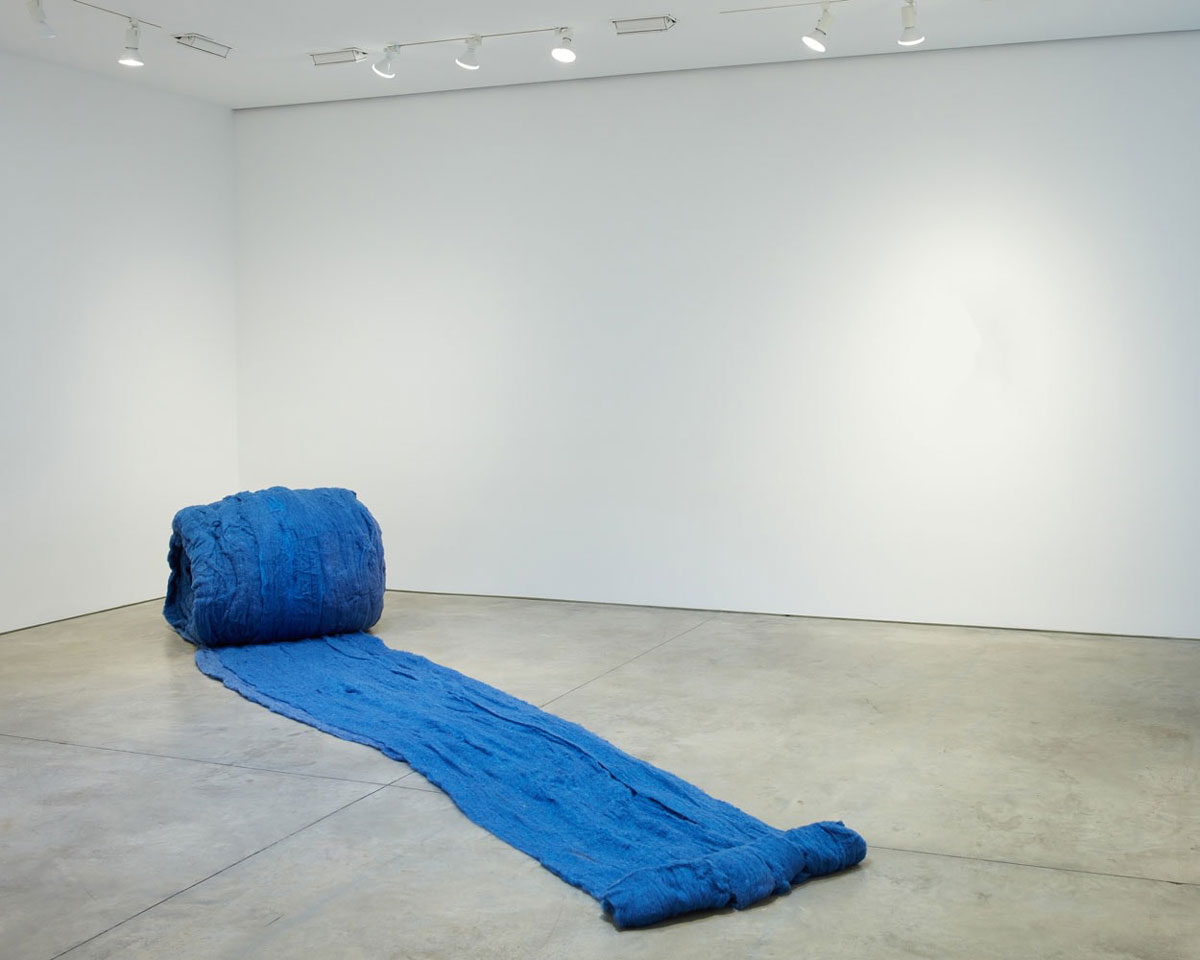
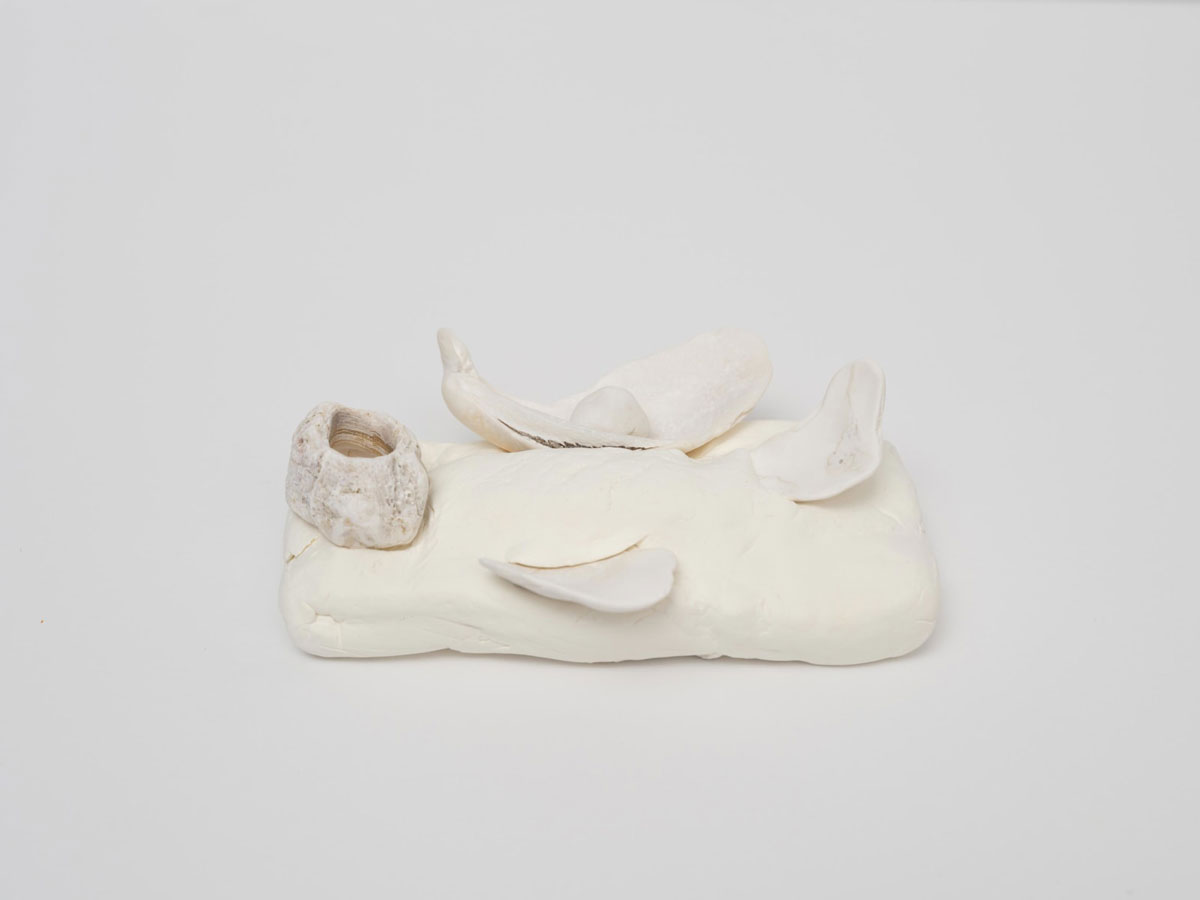
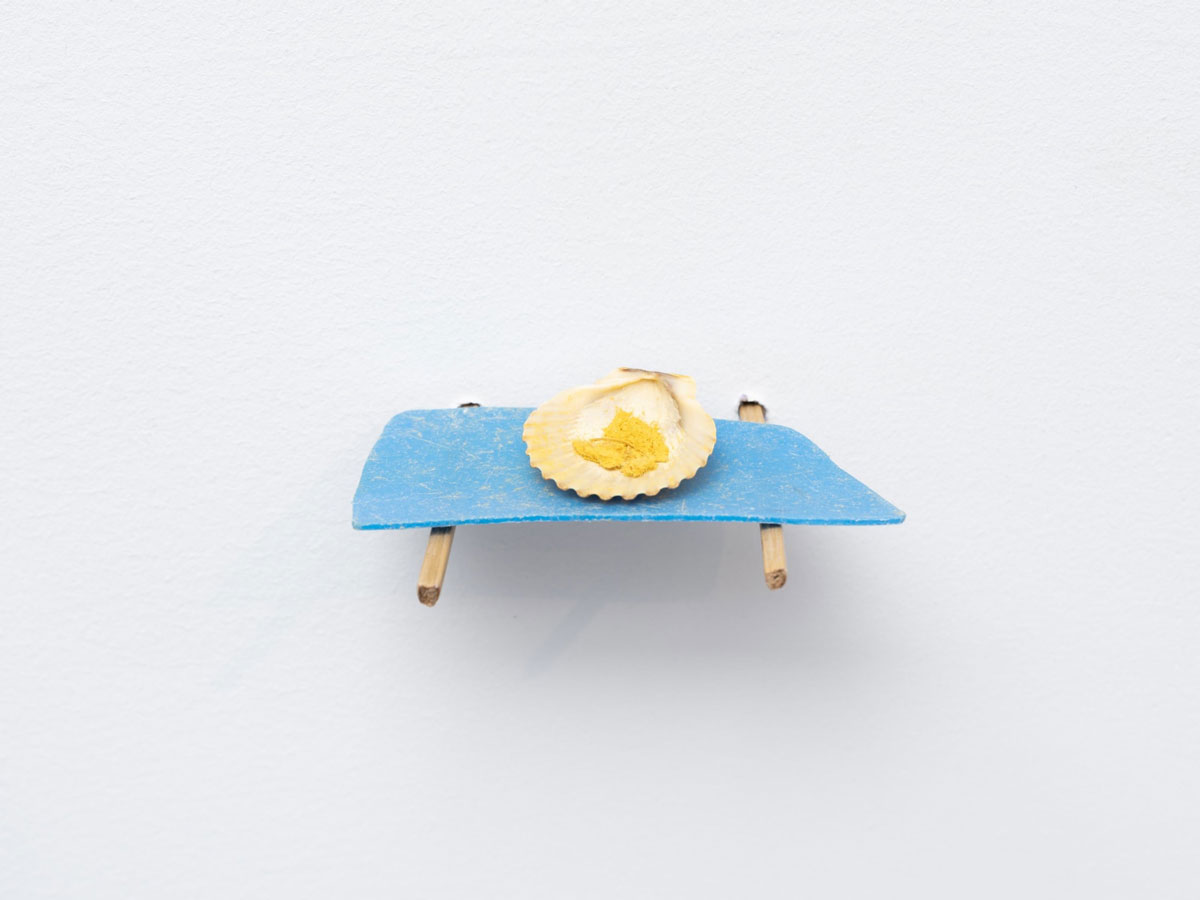
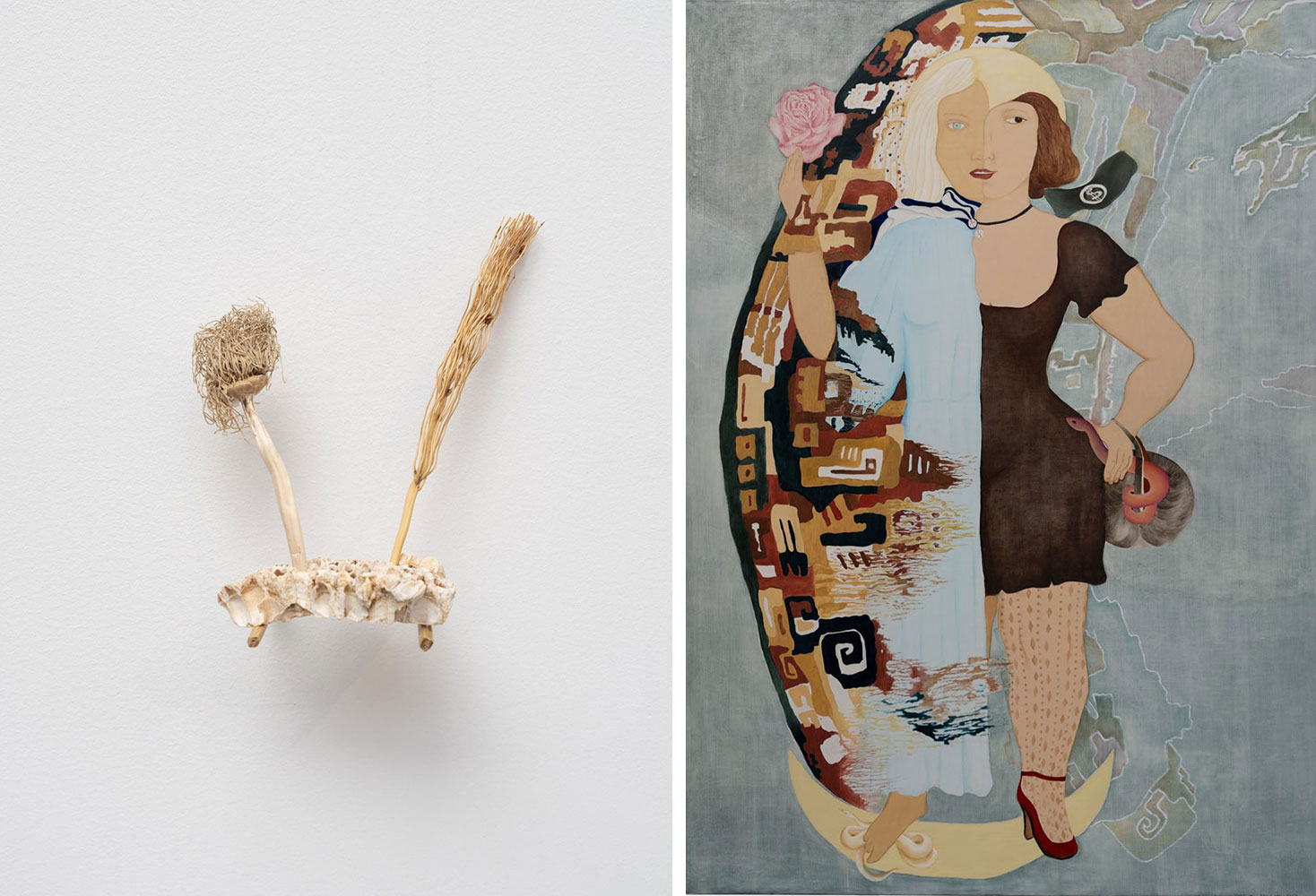
Right: Cecilia Vicuña, Virgen Puta, 2021, Oil on canvas, 62 x 52 inches, 157.48 x 132.08 cm, © Cecilia Vicuña, Courtesy the artist and Lehmann Maupin Gallery

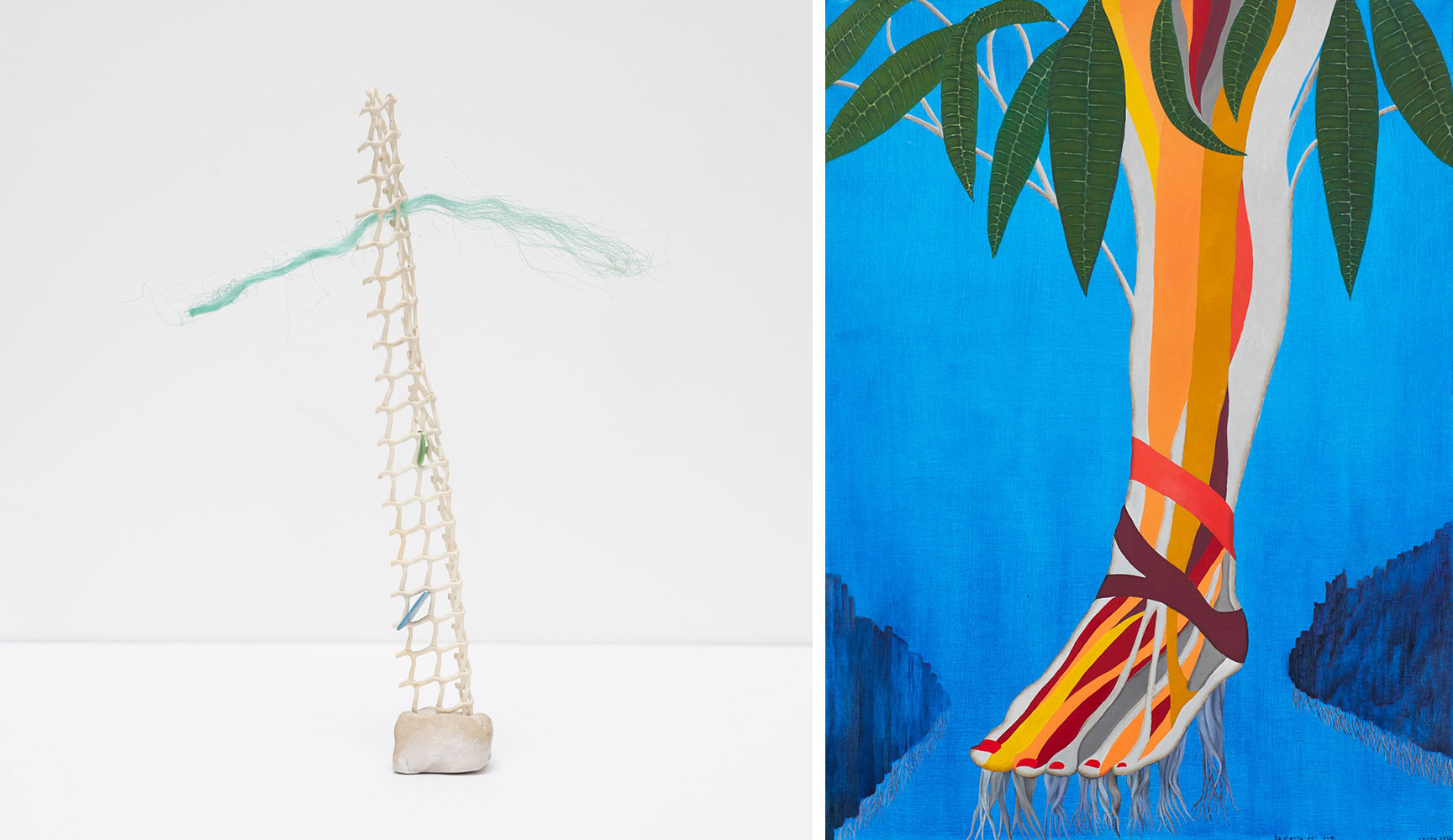
Right: Cecilia Vicuña, TBC, 2022, Oil on canvas, 40 x 30 x 1.25 inches, 101.6 x 76.2 x 3.17 cm, Photo by Matthew Herrmann, © Cecilia Vicuña, Courtesy the artist and Lehmann Maupin Gallery
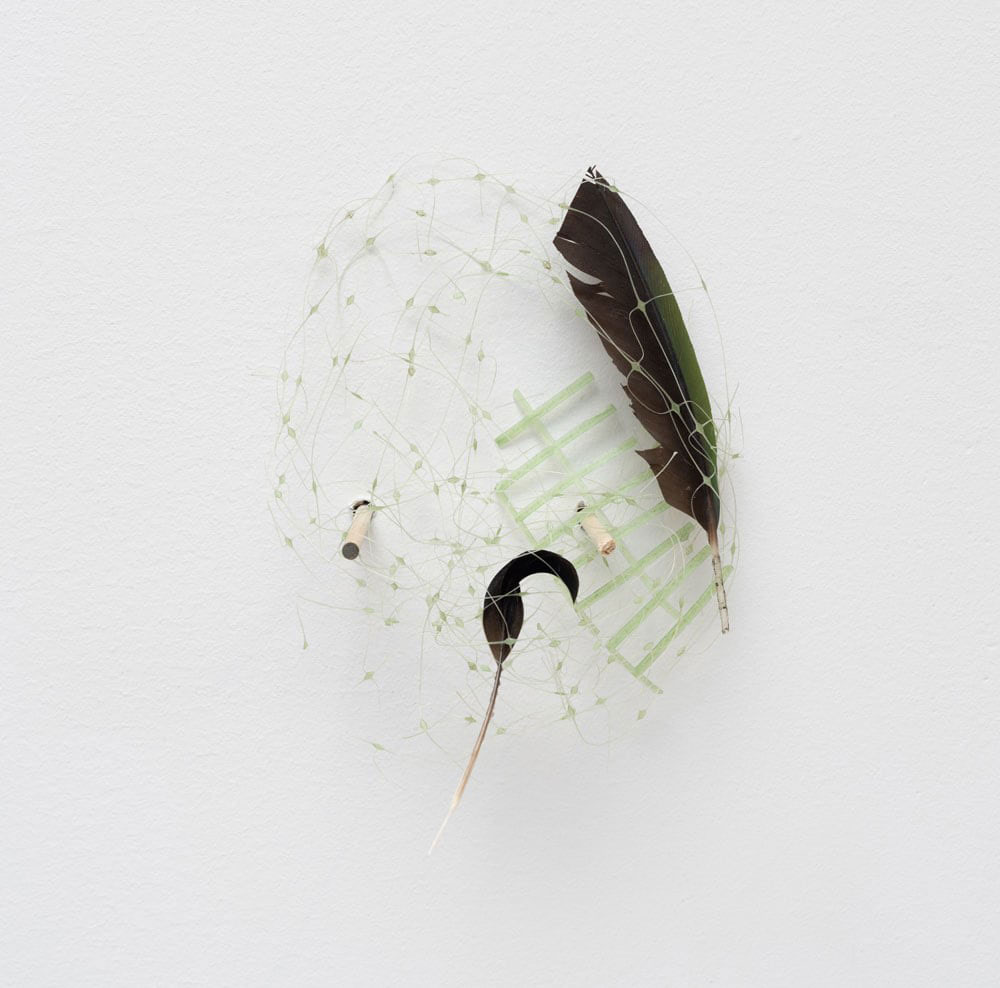
Right: Cecilia Vicuña, TBC, 2022, Oil on canvas, 40 x 30 x 1.25 inches, 101.6 x 76.2 x 3.17 cm, Photo by Matthew Herrmann, © Cecilia Vicuña, Courtesy the artist and Lehmann Maupin Gallery
